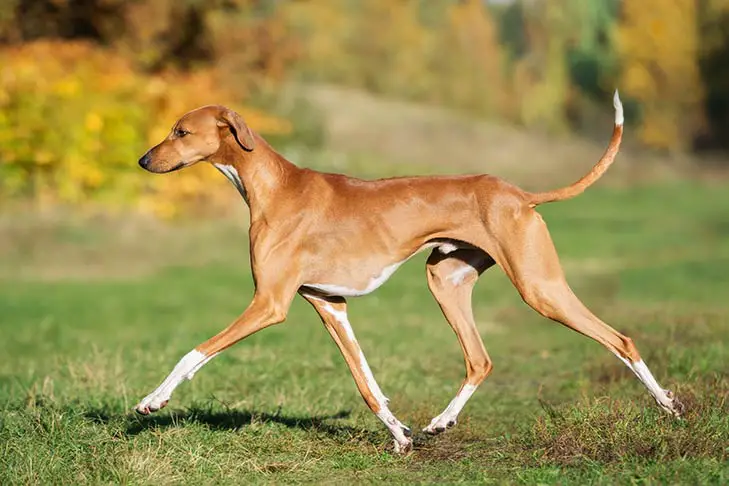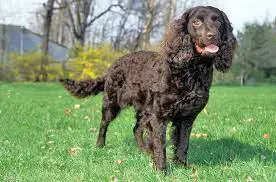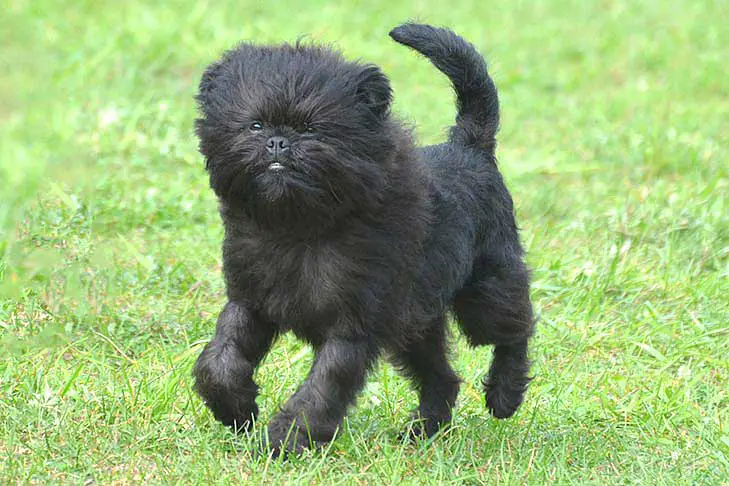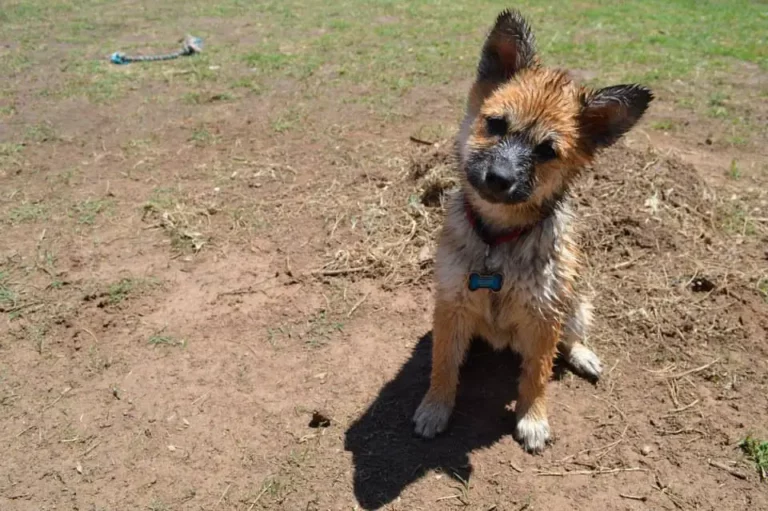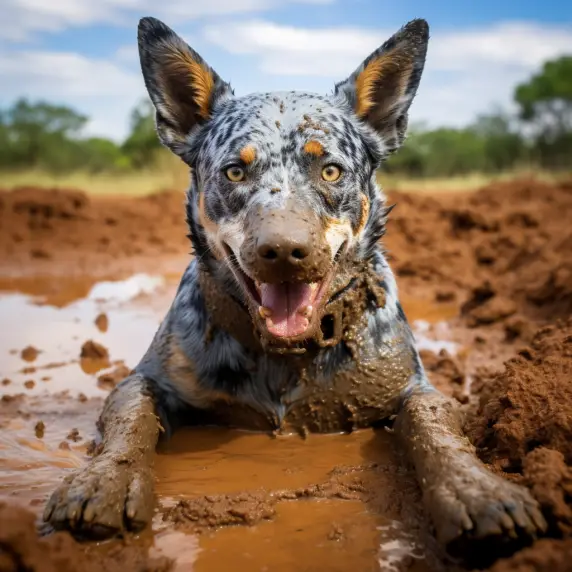Australian Terrier Dog Breed: Pics, Info & Care Guide
If you’re looking for a small and loyal companion, consider the Australian Terrier!
This lively breed is full of energy and loves nothing more than cuddling up on your lap.
With their intelligence and gentle temperaments, they make wonderful pets. Learn more about the personality traits, care requirements, and history of the Australian Terrier right here!
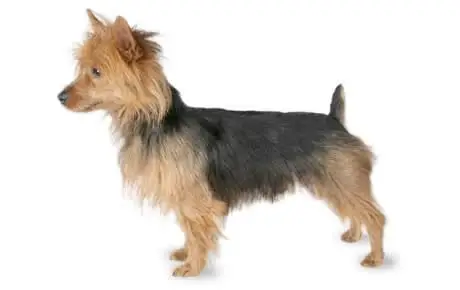
Overview of the Australian Terrier
| UTILISATION | Bred for help and companionship. |
| FCI-CLASSIFICATION | Small-sized Terrier |
| BREED GROUP | Terrier Group |
| COUNTRY OF ORIGIN | Australia |
| HEIGHT | Males: 25-28 cm (10-11 inches) at withers Females: 25-28 cm (10-11 inches) at withers |
| WEIGHT | Males: 7-9 kg (15-20 lbs) Females: 7-9 kg (15-20 lbs) |
| LIFE EXPECTANCY | 11-15 years |
| TEMPERAMENT | Brave, affectionate and spirited. |
| INTELLIGENCE | High |
| SHEDDING AMOUNT | Rarely |
| DROOL AMOUNT | Rarely |
| EXERCISE AMOUNT | Moderate |
| ENERGY LEVEL | High |
| BARKING LEVEL | Frequently |
| TRAINABILITY | Easy |
| COAT LENGTH/TEXTURE | Harsh straight dense topcoat approximately 6 cms (2 inches) long with short soft textured undercoat. |
| COLORS | Blue & Tan, Red, Sandy |
| SUMMARY | Adapted to apartment living. Good for new owners. Affectionate with family. Very little shedding. Tolerates both hot weather. Okay with kids. Not overly friendly towards other dogs. |
About the Australian Terrier
The Australian Terrier is a small-sized dog breed that was originally developed in Australia in the 19th century.
The breed was primarily used for rodent control in the gold mines and sheep stations.
They are known for their tough and feisty temperament and are highly energetic and intelligent dogs.
Australian Terriers are also highly adaptable and make great family pets.
Characteristics:
Appearance
According to Dogs Australia, the Australian Terrier is known for its rugged and hard-bitten appearance, with a long head and a strong frame.
It has an untrimmed and harsh coat that is about five centimetres long and has a distinctive ruff around the neck.
This coat also has a dense undercoat that helps keep it weatherproof in the winter months.
The Australian Terrier also sports a long silky topknot that protects its eyes, and owners should be sure to regularly comb out any loose hair to keep the coat clean.
They come in a variety of colors, including blue and tan, red, and sandy. They may also have black or dark brown markings on their face and ears. Some Australian Terriers may have a small white patch on their chest.
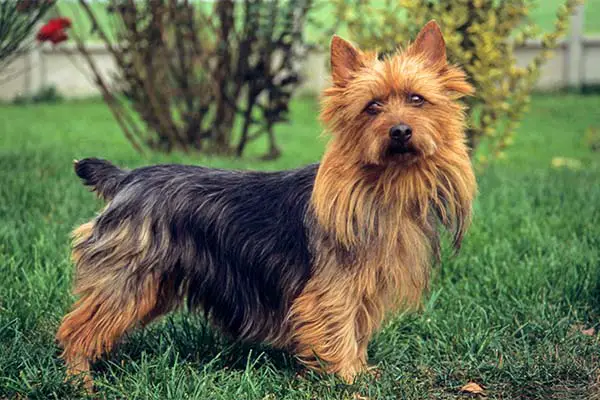
Size
Australian Terriers are small-sized dogs with an average height of 10-11 inches (25-28 cm) and an average weight of 15-20 pounds (7-9 kg).
Coat and color
The Australian Terrier has a rough, weather-resistant coat that can be either blue and tan, red, or sandy in color. They have a soft undercoat, which helps keep them warm in colder weather.
Tail
The Australian Terrier has a naturally short tail that is usually docked when the dog is a puppy.
Temperament
Australian Terriers are highly energetic and intelligent dogs. They are also loyal and affectionate towards their owners. They are known for their fearlessness and have a natural hunting instinct, which makes them great watchdogs. They are also adaptable and make great family pets.
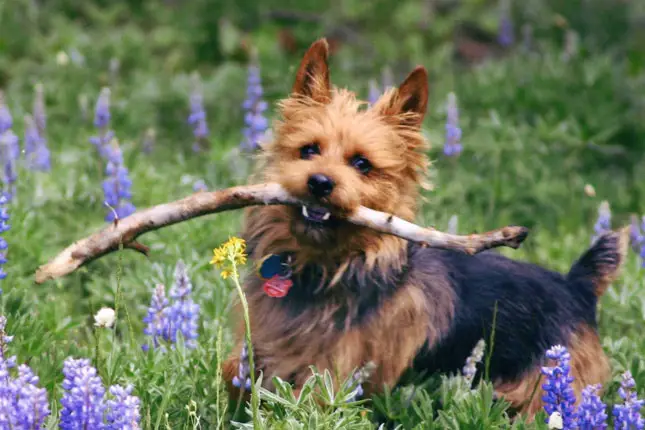
Owners’ caring expectations:
Grooming
The Australian Terrier has a rough, weather-resistant coat that requires regular grooming to keep it in good condition. They should be brushed weekly and bathed as needed. They also require regular nail trims and dental care.
Training
Australian Terriers are highly intelligent dogs that require regular training to keep them mentally stimulated. They respond well to positive reinforcement and are quick learners. They also require socialization from a young age to prevent them from becoming overly protective or aggressive.
Activity and Exercise Needs
Australian Terriers are highly energetic dogs that require regular exercise to keep them healthy and happy. They enjoy daily walks and playtime in a securely fenced yard.
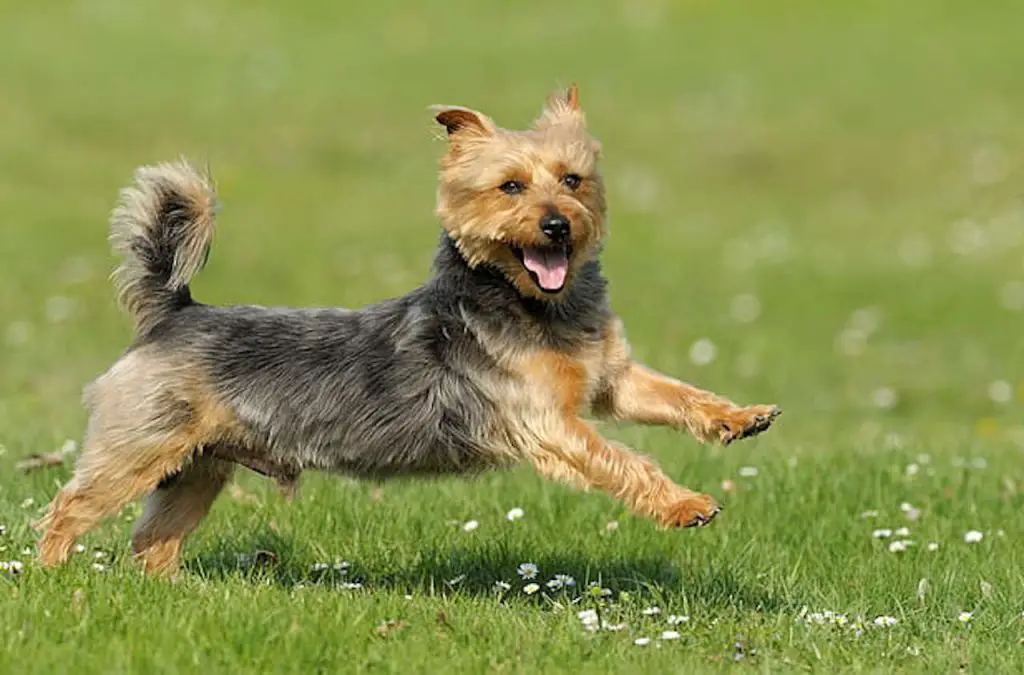
Nutrition
Australian Terriers require a high-quality, balanced diet that meets their nutritional needs. They should be fed a diet that is appropriate for their age, size, and activity level.
Health and lifespan:
Lifespan
The Australian Terrier has an average lifespan of 11-15 years.
Common health problems
This breed is relatively free from hereditary faults, thanks to the efforts of breeders who have worked hard since the 1970s to eliminate them.
Australian Terriers are generally a healthy breed but may be prone to certain health conditions, including patellar luxation, Legg-Calve-Perthes disease, and allergies.
Regular vet check-ups and preventive care can help keep them healthy.
History
The Australian Terrier traces back to British Naval and merchant ships where little dogs were kept on board as ratters, they came from various areas in the British Isles and were no larger than the rats they hunted.
When the First Fleet arrived in Australia, along with them were mice, rats and small terriers who quickly became highly valued for preying on the vermin who feasted on their food.
Subsequently, it was only natural that these mixed terriers evolved into a breed which was perfect for the challenges of the Australian environment. Not needing much food, with a rough coat for protection from bush conditions and small feet to traverse any terrain.
Over time these terriers became watchdogs for families living on isolated properties and on goldfields helping protect claims from strangers.
This resulted in an Australian National Kennel Council standard being written in 1887 determining the colour of Australian Terriers to be “blue and tan”.
Thus, becoming recognised as its own unique breed while exact information regarding what mixes went into creating this great little dog is still unknown.
Frequently Asked Questions:
Do Australian Terriers make good pets?
Yes, Australian Terriers are wonderful pets and have earned a spot on the American Kennel Club’s ‘favorite breeds’ list.
They are known to be smart, loyal and affectionate, making them great companions for family life with children.
They also do not require too much exercise and grooming—so they’re perfect for busy or apartment-dwelling owners.
Are Australian Terriers yappy?
They do have a tendency towards being vocal and can be quite yappy when the situation calls for it.
Is an Australian Terrier a Yorkie?
No, an Australian Terrier is not a Yorkie. While both breeds of dogs are small and belong to the Terrier family, they are quite different in terms of appearance and temperament.
An Australian Terrier has a longer body, broader head, and a rough outer coat, while a Yorkie has a silky coat and a more toy-like body shape.
Are Australian Terriers cuddly?
While they are known for being loyal and courageous, they are also known to be cuddly little pups.
They love cuddle time with their favorite people and can develop strong bonds with their owners.
If you’re looking for a brave watchdog who will always want to be by your side then an Australian Terrier might just be the pup for you!
Can terriers be aggressive?
Although an Australian Terrier may become territorial, possessive or aggressive when not trained properly, an Aussie is generally a loving and loyal companion.
With proper socialization and obedience training from an early age, the breed learns to respect boundaries and get along with other animals.
Are Terriers low maintenance?
Australian Terriers are a low-maintenance breed that’s perfect for active households and families.
They have a friendly personality, are easy to train, and need lots of exercise every day.
With their small size and good looks, they are also well-suited for apartment living.
Can Australian Terriers be left alone?
Australian Terriers can be left alone – but this does depend on their individual personality and how much exercise they get.
An active and well-exercised dog is better able to handle periods of time when their owner may be away.
Regular walks, playtime, and mental stimulation are key in helping them stay content while home alone.
Also read:
Here’s a great article on the difference between the Australian Terrier and the Australian Silky Terrier.

